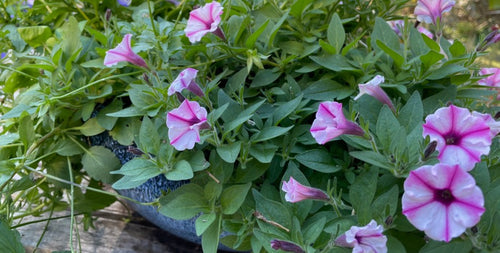
I ran across a quote awhile back that made me laugh. “A doctor can bury his mistakes, but an architect can only advise his clients to plant vines.” Architect Frank Lloyd Wright said that. Last summer I toured Frank Lloyd Wright’s first home and studio in Oak Park, Illinois. And I thought about this quote. There were no vines planted on Frank Lloyd Wright’s house. So he must have been happy with its design. But that quote doesn’t just mean that Wright had a low opinion of bad architects; he also had a high opinion of vines.
When Wright built the house in Oak Park in 1889, it was surrounded by nature (when the area west of Chicago was still wild prairie). Over the years, houses grew up around the home. Yet, even today, the house feels like an island of calm in the city. Part of the reason for that is Wright’s translation of nature into living spaces. His love of flowers, leaves, seeds, limbs influenced the interiors and exteriors of this home.
Throughout the house in Oak Park, architectural details evoked nature: tulip inspired windows, oak/acorn ceramics, even the covers of the books in his library were decorated with floral patterns. The grounds outside the house and studio are adorned with large planters which enhance the architectural lines of the home. Derek Fell's book The Gardens of Frank Lloyd Wright outlined some gardening rules Wright followed when he created the green spaces around the homes he designed. Here are a few that anyone can incorporate into their landscape:

Blend with Nature
Wright preferred to plant trailing vines in planters and window boxes to help blend the architecture with nature. In the pedestal planters surrounding the entrance at the Wright Oak Park house/studio, there are cascading sweet potato vines paired with ornamental grasses. (Learn about gardening with ornamental grasses.)
Prune Naturally
Wright felt that trees and shrubs should be pruned to keep their natural shapes. No topiaries here.
Use Compression and Release
An example of "compression and release" indoors was when Wright created a small dark hallway that opened into a larger bright room. Outdoors, compression and release can be achieved using an arbor or pergola to create a tunnel of foliage and flower that links two sunny spots. (Discover high-climbing flowers, such as clematis, for your garden.)Written by Karen Weir-Jimerson

















